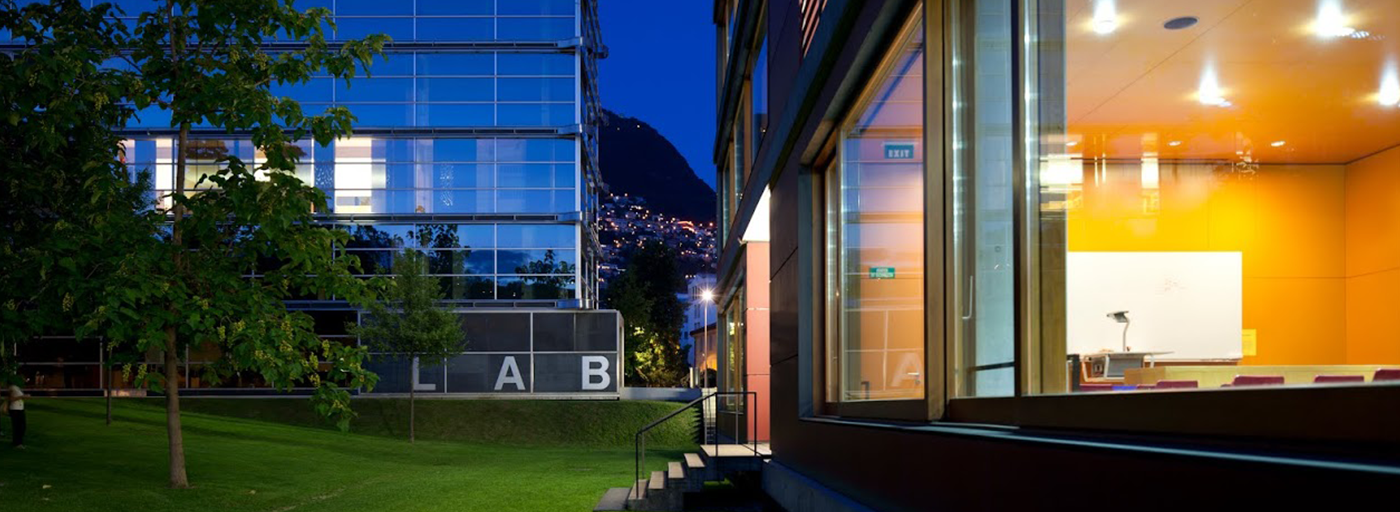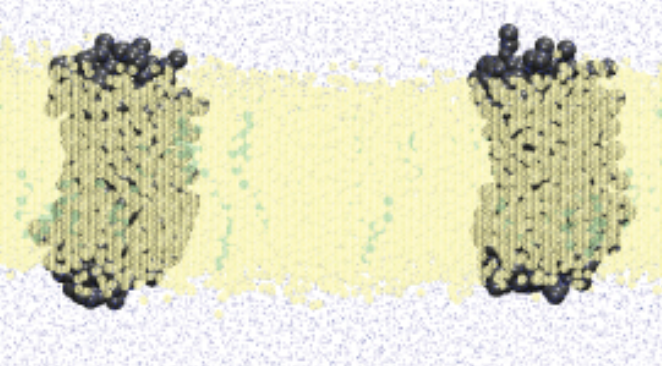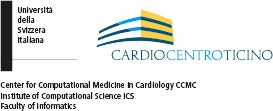A Comprehensive Description of the Homo and Heterodimerization Mechanism of the Chemokine Receptors CCR5 and CXCR4
Signal transduction across cellular membranes is controlled by G protein-coupled receptors (GPCRs). In this family of transmembrane proteins the binding of extracellular physiological ligands stabilize the active conformation of receptors, leading to cellular response. It is widely accepted that members of the largest GPCR family self-assemble as dimers or higher-order but the functional consequences of the dimerization was described only for few receptors. The chemokines receptors are GPCRs manly implicated in the functioning and maintenance of the immune system. These receptors represent prime targets for therapeutic intervention in a wide spectrum of inflammatory and autoimmune diseases, heart diseases, and HIV. The CXCR4 and CCR5 receptors are two of the manly studied playing crucial roles in different pathologies. It was recently shown that inhibition of the CCR5-CXCR4 heterodimer formation reduces atherosclerosis in a hyperlipidemic mouse model. Furthermore the entry of HIV type 1 virus into host cells requires CXCR4 and CCR5. In this scenario the use of computational techniques able to describe complex biological processes such as protein dimerization acquires a great importance. Combining coarse-grained (CG) molecular dynamics and well-tempered metadynamics (MetaD) we are able to describe the mechanism of dimer formation, capturing multiple association and dissociation events allowing to compute a detailed free energy landscape of the process. CG-MetaD is an enhanced sampling method particularly suitable to describe processes with very slow rates of interconversion among the possible states of the system. This approach provides an accurate and comprehensive description of the dimerization free energy landscape, thereby revealing critical motions and important structural-dynamical features involved in the homo- and heterodimer formation of the CCR5 and CXCR4 receptors.
Prof. Dr. Vittorio Limongelli; ; PI; ICS
Researcher Daniele Di Marino; ; ICS
NA;





